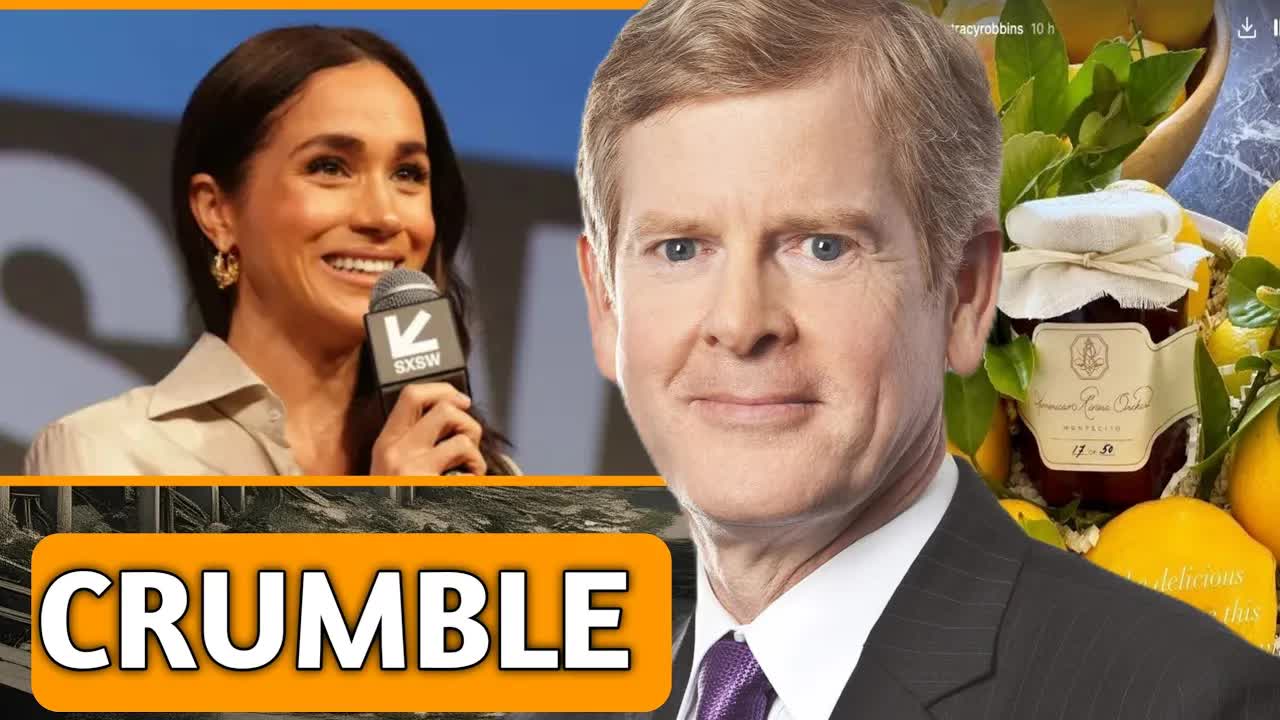In the dazzling world of celebrity brands, Meghan Markle and Prince Harry‘s journey stands out as a stark reminder of the pitfalls that can accompany ambition.
Despite pouring substantial resources—potentially millions—into their brand, their endeavors have spiraled into what many describe as a significant misfire.
Their latest venture, American Riviera Orchard, which debuted in March, has largely faded into obscurity, leaving many to wonder about its viability.
One can’t help but speculate whether Meghan might have been better off simply leveraging her own name, “Meghan” or “Meghan Markle.”
After all, her identity alone carries considerable influence.
However, her attempts to carve out a new persona seem to have backfired.
Take her recent jam launch, for instance.
What was intended as a charming project has turned into something of a farce, with no actual product available for eager consumers.
The public chatter around this jam has reached absurd levels, almost as if Meghan were personally handcrafting each jar.
This situation raises some serious questions about the advisors guiding Meghan and Harry in their branding efforts.
It appears that sometimes, the most successful ventures are those that require minimal investment.
Reflecting on their current state, Prince Harry’s recent appearances in New York, where he delivered speeches that lacked depth and engagement, only add to the narrative of their struggles.
Unlike his brother, Prince William, who captivates audiences with compelling storytelling, Harry seems to be floundering, reading from a script without truly connecting with listeners.
The couple’s branding journey is further complicated by the introduction of a new Sussex emblem pin worn by Harry’s staff.
This has ignited discussions about monetizing these pins as merchandise.
Yet, given their ties to the royal family, selling such items could be problematic.
Would they really consider bending the rules for a quick financial boost?
And if they did decide to market the pins, would there even be a demand?
Looking back at March, while Meghan was busy with her jam venture, the public was also grappling with emotional news about Catherine, the Princess of Wales, and her health challenges.
At that moment, Meghan’s efforts felt somewhat opportunistic, attempting to overshadow serious issues with cheerful springtime imagery.
But once the cameras faded, the harsh reality of her brand’s decline became apparent.
Meghan has faced difficulties in securing a capable CEO, and the absence of credible partnerships speaks volumes about the brand’s prospects.
Despite the negative feedback, she continues to point fingers at external factors, including unfavorable media coverage, as reasons for her struggles.
As the holiday season approaches, traditionally a critical time for brands, Meghan’s offerings seem nowhere near ready to make an impact.
Now, she finds herself at a pivotal juncture.
Should she take a step back, allowing the negativity to subside before re-emerging in 2025, or should she press on despite the lack of clarity in her vision?
Insiders suggest that her team is advocating for a pause, encouraging her to regroup and reassess her strategy.
However, given her track record of abandoning projects like Archwell and The Bench, one must wonder whether she can effectively regroup and return with a fresh, compelling offer.
The clock is ticking, and as the landscape shifts, the pressure mounts for Meghan and Harry to redefine their narrative and reclaim their relevance in a crowded marketplace.
Related Stories

